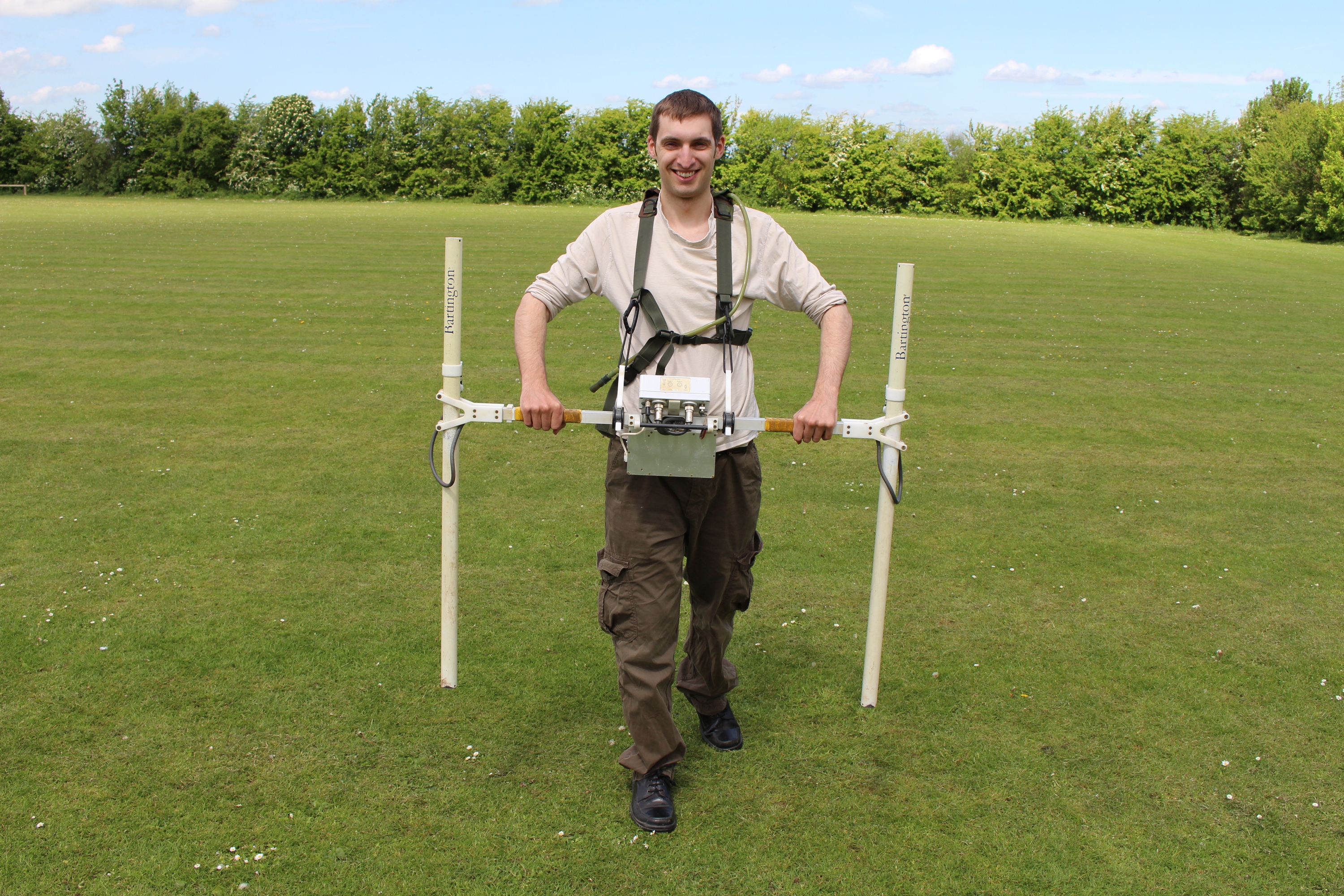All Categories
Featured
Table of Contents
Chapter 4. Geophysical Investigations in Marmion WA 2023
Much of the image consists of blank locations now with little or no radar response. The "yard" wall is still revealing strongly, however, and there are continuing ideas of a difficult surface area in the SE corner. Time slice from 23 to 25ns. This last piece is now practically all blank, however a few of the walls are still revealing highly.
How deep are these pieces? Regrettably, the software I have access to makes estimating the depth a little difficult. If, nevertheless, the leading three slices represent the ploughsoil, which is probably about 30cm think, I would think that each piece is about 10cm and we are just getting down about 80cm in total.

Thankfully for us, most of the sites we are interested in lie just below the plough zone, so it'll do! How does this compare to the other techniques? Comparison of the Earth Resistance information (leading left), the magnetometry (bottom left), the 1517ns time slice (leading right) and the 1921ns time slice (bottom left).
Surveys In Geophysics - Home - Springer in Applecross WA 2022
Magnetometry, as gone over above, is a passive method measuring regional variations in magnetism versus a localised zero worth. Magnetic vulnerability study is an active technique: it is a measure of how magnetic a sample of sediment might be in the presence of an electromagnetic field. Just how much soil is tested depends upon the diameter of the test coil: it can be really little or it can be reasonably large.
The sensor in this case is extremely little and samples a small sample of soil. The Bartington magnetic susceptibility meter with a large "field coil" in usage at Verulamium throughout the course in 2013. Top soil will be magnetically enhanced compared to subsoils simply due to natural oxidation and reduction.
By measuring magnetic susceptibility at a relatively coarse scale, we can find areas of human occupation and middens. We do not have access to a trustworthy mag sus meter, however Jarrod Burks (who assisted teach at the course in 2013) has some exceptional examples. Among which is the Wildcat website in Ohio.
Geophysical Surveys & Mapping - Ecs Limited in White Gum Valley Aus 2020
These villages are often laid out around a main open location or plaza, such as this rebuilt example at Sunwatch, Dayton, Ohio. The magnetic vulnerability study assisted, nevertheless, specify the primary location of occupation and midden which surrounded the more open location.
Jarrod Burks' magnetic vulnerability study results from the Wildcat website, Ohio. Red is high, blue is low. The technique is therefore of terrific usage in defining areas of basic profession instead of recognizing specific functions.
Geophysical surveying is an applied branch of geophysics, which uses seismic, gravitational, magnetic, electrical and electro-magnetic physical approaches at the Earth's surface area to measure the physical homes of the subsurface - How A Geophysical Survey Is Crucial To Offshore Wind Farm ... in Ferndale Aus 2020. Geophysical surveying methods usually measure these geophysical properties along with anomalies in order to evaluate numerous subsurface conditions such as the presence of groundwater, bedrock, minerals, oil and gas, geothermal resources, spaces and cavities, and far more.
Latest Posts
Geophysicist - Job Role - Job Information in Mahogany Creek Oz 2023
Integrated Geophysical Surveys For The Safety in Koondoola Oz 2020
What Does A Geologist Do? in Pickering Brook WA 2021